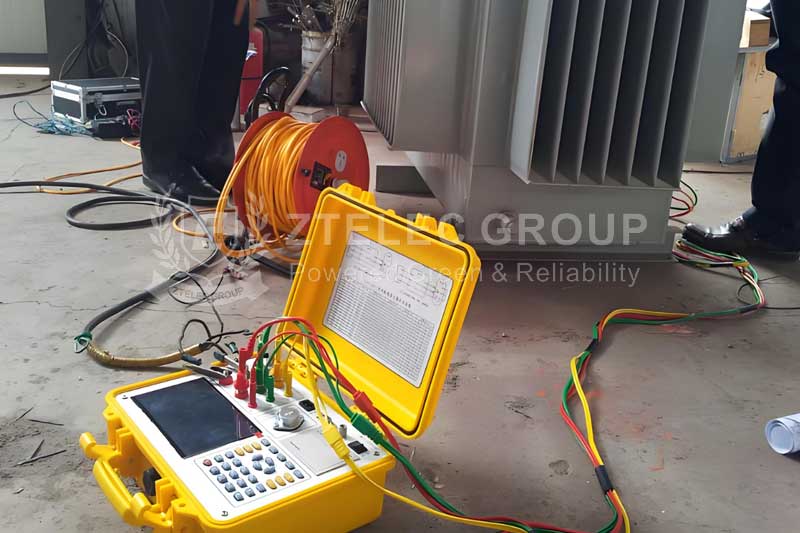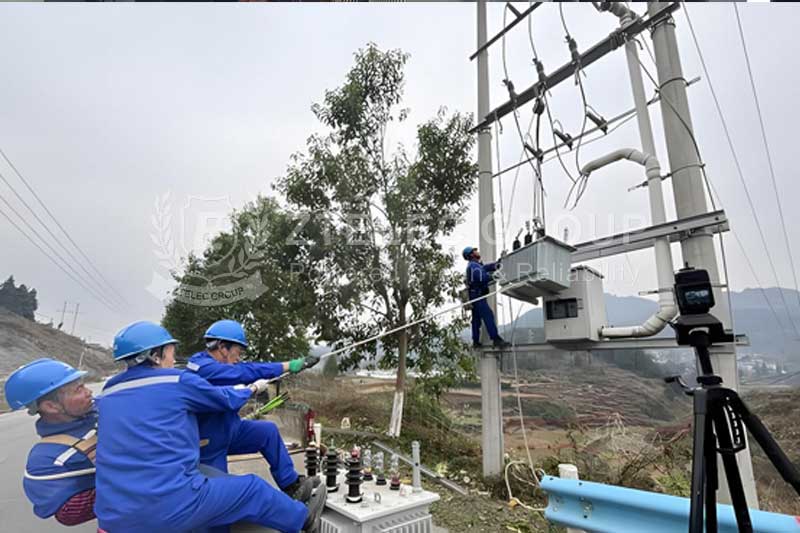Transformer Overload Tests and Their Purpose and Significance
Time:2024-10-11 Auther:ZTelec-www.ztelectransformer.com
As an important piece of equipment in the power system, the normal operation of transformers directly affects the safety and economy of power delivery. Therefore, during the design, manufacturing, and operation processes, ztelectransformer must undergo rigorous testing to ensure that their performance indicators can meet the demands of long-term stable operation. Among these tests, the transformer overload test is crucial for evaluating its safety, reliability, and technical economic feasibility, and its purpose and significance are very important.

What is the purpose of the transformer overload test?
- Validate the overload capacity of the transformer
The main purpose of the overload test is to verify the operational capability of the transformer under conditions of exceeding its rated load. The overload capacity of the transformer refers to its ability to operate at a load greater than the rated capacity for a specific time. Through overload testing, the reliability of the transformer under actual load conditions can be assessed to ensure it can meet the demands of the power system during peak loads.
- Assess the heating characteristics of the transformer
When operating in an overloaded state, the coils and core of the transformer produce additional heat due to increased current. Therefore, the overload test can help engineers observe the heating characteristics of the transformer and monitor its temperature changes. This is crucial for evaluating the heat resistance of insulating materials and the overall rationality of the design. Accurate temperature rise data can provide references for subsequent design improvements.
- Detect the effectiveness of protective devices
Transformers are equipped with various protective devices to prevent failures caused by overload. Conducting overload tests can check the sensitivity and reliability of these protective devices, ensuring that the transformer can be promptly disconnected from the power supply in the event of an overload, thereby protecting the equipment and preventing accidents.
- Verify the accuracy of rated parameters
The overload test can also be used to verify whether the rated parameters provided by manufacturers are reasonable. Through testing, it can be determined whether the transformer’s performance under actual load conditions meets design expectations, thereby providing reliable data support for the operation and maintenance of the transformer.

What is the significance of the transformer overload test?
- Enhance the safety of the power system
In modern power systems, load fluctuations are frequent, and loads during certain periods may exceed normal ranges. Through overload testing, detailed data can be provided to assist dispatchers in managing loads reasonably, thereby enhancing the overall safety of the power system and reducing equipment failures and accidents.
- Extend the lifespan of equipment
By assessing the overload capacity of transformers, it is possible to effectively reduce equipment damage caused by overloads, guiding the development of reasonable operating practices. Proper overload management will help extend the lifespan of the equipment, reduce the frequency of repairs due to equipment failure, thereby lowering maintenance costs and improving economic efficiency.
- Promote technological innovation
The transformer overload test is not only a validation of the performance of existing equipment but also an important means of driving technological advancement and innovation. Through continuous testing and data collection, the industry can be encouraged to optimize transformer design, materials, and manufacturing processes, thereby facilitating technological progress in the entire power equipment sector.




